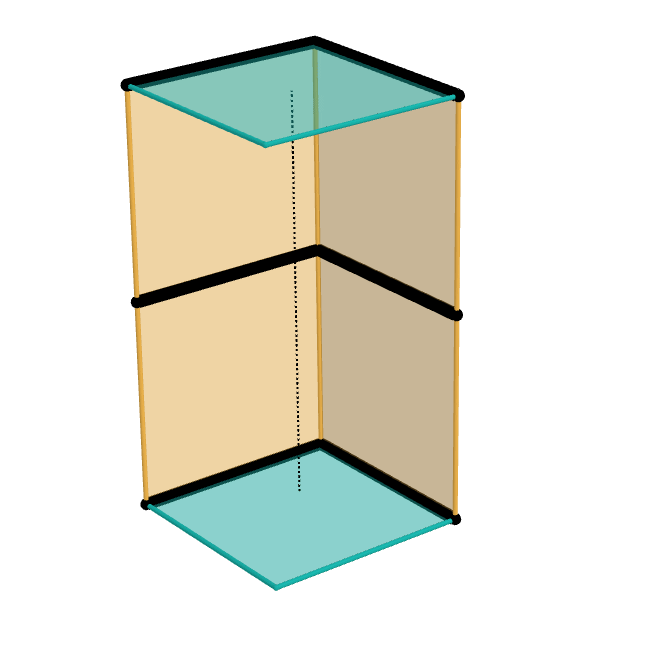Sarrus linkage on:
[Wikipedia]
[Google]
[Amazon]

 The Sarrus linkage, invented in 1853 by
The Sarrus linkage, invented in 1853 by pergatory.mit.edu
– Sarrus' mechanism
File:Sarrus linkage alternate configuration.gif, Alternative Sarrus linkage
File:Sarrus linkage with three sides.gif, 3-sided linkage
File:Sarrus linkage with four sides.gif, 4-sided linkage
File:Sarrus linkage with six sides.gif, 6-sided linkage
robotics.eecs.berkeley.edu
– Sarrus linkage
A Makerbot Printable Sarrus–Linkage
a design for

 The Sarrus linkage, invented in 1853 by
The Sarrus linkage, invented in 1853 by Pierre Frédéric Sarrus
Pierre Frédéric Sarrus (; 10 March 1798, Saint-Affrique – 20 November 1861) was a French mathematician.
Sarrus was a professor at the University of Strasbourg, France (1826–1856) and a member of the French Academy of Sciences in Paris (184 ...
, is a mechanical linkage to convert a limited circular motion
In physics, circular motion is movement of an object along the circumference of a circle or rotation along a circular arc. It can be uniform, with a constant rate of rotation and constant tangential speed, or non-uniform with a changing rate ...
to a linear motion
Linear motion, also called rectilinear motion, is one-dimensional motion along a straight line, and can therefore be described mathematically using only one spatial dimension. The linear motion can be of two types: uniform linear motion, with ...
or vice versa without reference guideways. It is a spatial six-bar linkage (6R) with two groups of three parallel adjacent joint-axes.
Although Charles-Nicolas Peaucellier was widely recognized for being the first to invent such a straight-line mechanism, the Sarrus linkage had been invented earlier; however, it was largely unnoticed for a time.– Sarrus' mechanism
Description
The Sarrus linkage consists of four links in two identical groups that are perpendicular to each other, with all links having equal lengths. In the examples shown, the linkage uses two horizontal plates (cyan) positioned parallel to each other, one above the other. Pairs of bars or plates (yellow) with hinges at the middle connect the horizontal plates. The upper plate moves vertically up and down, towards and away from the lower plate. Each hinge constrains the attached bars or plates to remain in the same plane as the hinge, and also to remain in the same axial translation. The Sarrus linkage is of a three-dimensional class sometimes known as a space crank, unlike the Peaucellier–Lipkin linkage which is a planar mechanism. One of its main advantages is that it can be used to lift the structure connecting the upper links, allowing an impressive range of movements. According to mobility analysis, the Degree of Freedom two-sided Sarrus linkage is 0. However, due to overconstrain, the upper platform can move up and down.Gallery
See also
* Peaucellier–Lipkin Linkage, the first planar linkage to produce perfect straight line motion. *Straight line mechanism
A straight-line mechanism is a mechanism that converts any type of rotary or angular motion to perfect or near-perfect straight-line motion, or ''vice versa''. Straight-line motion is linear motion of definite length or "stroke", every forwa ...
References
External links
robotics.eecs.berkeley.edu
– Sarrus linkage
A Makerbot Printable Sarrus–Linkage
a design for
RepRap
RepRap (a contraction of ''replicating rapid prototyper'') is a project to develop low-cost 3D printers that can print most of their own components. As open designs, all of the designs produced by the project are released under a free software l ...
Linkages (mechanical)
Linear motion
{{technology-stub
Straight line mechanisms